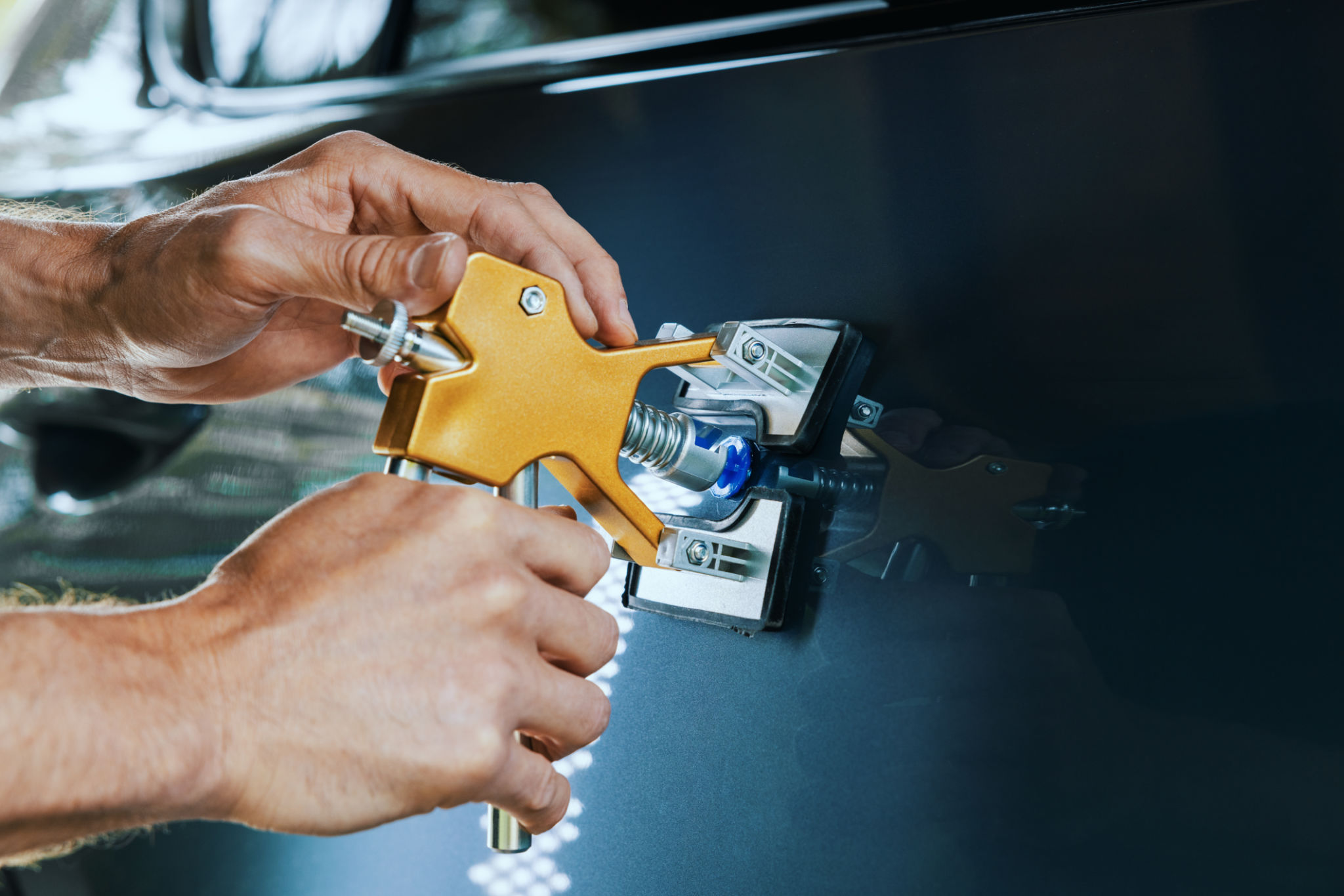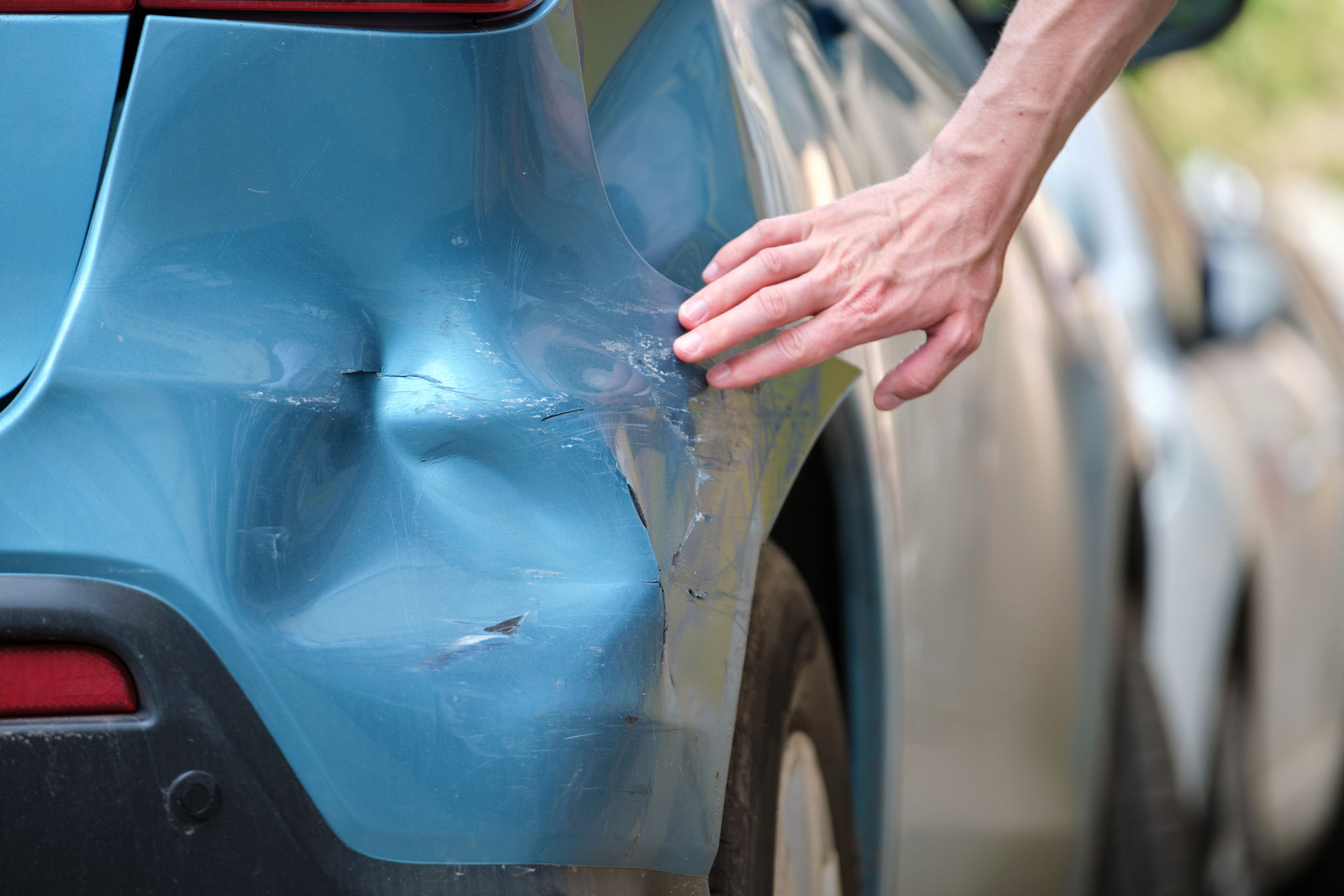Understanding the Paintless Dent Repair Process: A Step-by-Step Guide
What is Paintless Dent Repair?
Paintless Dent Repair, commonly known as PDR, is a cost-effective and environmentally friendly method of repairing dents in a vehicle's body without the need for repainting. This process is ideal for small to medium-sized dents and dings, often caused by hail, minor collisions, or parking lot mishaps. By preserving the original paintwork, PDR helps maintain the vehicle's value and ensures a seamless finish.

The Benefits of Paintless Dent Repair
One of the primary advantages of PDR is that it is significantly less expensive than traditional dent repair methods. Additionally, the process is much quicker, allowing you to have your car back on the road in no time. Since PDR does not involve repainting, it eliminates the risk of mismatched paint or overspray, ensuring a factory-like finish.
Another benefit is its environmental friendliness. Traditional dent repair methods involve the use of paints and fillers, which can release harmful chemicals into the environment. PDR, on the other hand, uses specialized tools to gently massage the dent out, reducing the need for additional materials and minimizing environmental impact.
The Step-by-Step Paintless Dent Repair Process
Understanding how PDR works can help you appreciate its effectiveness. Here’s a step-by-step guide to the process:
Step 1: Assessment of Damage
The first step in the PDR process involves a thorough inspection of the dent to determine its size, depth, and location. Technicians assess whether the damage is suitable for PDR, considering factors such as the age of the vehicle and the condition of the paint.

Step 2: Accessing the Dent
Once deemed suitable for PDR, the technician will gain access to the backside of the dent. This may involve removing panels or interior parts to reach the affected area. Accessibility is crucial as it allows for precise manipulation of the metal.
Step 3: Applying Pressure
The core of PDR lies in carefully applying pressure to the backside of the dent using specialized tools. Technicians use their expertise to massage and reshape the metal back to its original form without damaging the paint. This step requires skill and precision.

Finishing Touches and Quality Check
Once the dent has been successfully removed, technicians perform a thorough quality check to ensure a flawless finish. They inspect the area under different lighting conditions to confirm that no imperfections remain. If necessary, minor adjustments are made to achieve perfection.
Finally, the vehicle is cleaned and polished, leaving it in pristine condition. This attention to detail ensures customer satisfaction and helps maintain the vehicle's resale value.
Is Paintless Dent Repair Right for You?
PDR is an excellent option for many types of dents, but it may not be suitable for all damage. Large dents with extensive paint damage or sharp creases may require alternative repair methods. It’s essential to consult with a skilled technician who can assess your vehicle's specific needs.
In conclusion, Paintless Dent Repair is an efficient, cost-effective, and environmentally friendly solution for repairing minor dents and dings. By understanding the process and benefits, you can make an informed decision about whether PDR is right for your vehicle.
